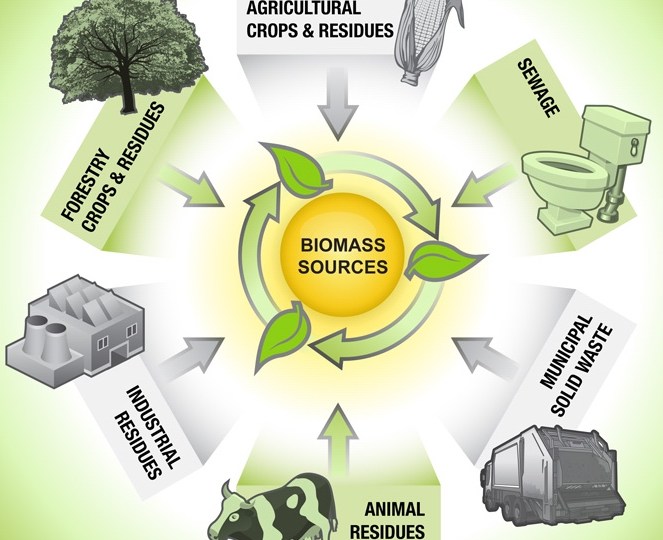Biomass resources can be transformed into clean energy and/or fuels by thermal and biochemical technologies. Besides recovery of substantial energy, these technologies can lead to a substantial reduction in the overall waste quantities requiring final disposal. However, biomass energy projects worldwide are often hampered by a variety of techno-commercial issues. The issues enumerated below are not […]
Issues Confronting Biomass Energy Ventures












